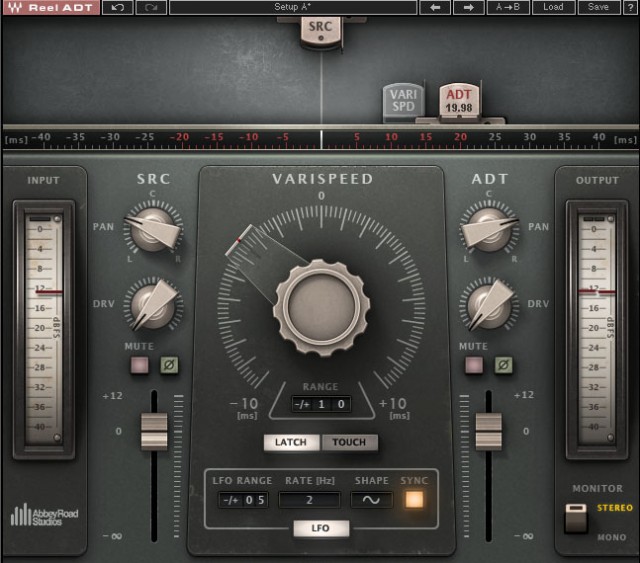It all started in 1966 as a way to fake multiple takes – and it works pretty well for any vocals. And now, in one of the more ambitious emulation efforts undertaken recently, software engineers are hoping to recreate a sound you know quite well from artists like The Beatles.
And oh, yeah, even if you don’t want to sound like Paul or John or George, this turns out to be a pretty easy way to double up vocal recordings. That is, if they’ve done a convincing emulation.
Plug-in giant Waves Audio has partnered with Abbey Road Studios themselves, and say they’ve succeeded in emulating the effect partly because they’ve gotten an inside track on how the technique was performed.
Whether Abbey Road gave up some essential secret or not, though, it seems the quality of this effect will depend on how good the modeling is – and modeling non-linear processes like wow and flutter and specific musical effects isn’t easy. But first, let’s talk about what we mean. As Waves themselves explain:
By connecting the primary tape machine to a second, speed-controlled machine, two versions of the same signal could be played back simultaneously. And by gently wobbling the frequency of an oscillator to vary the speed of the second machine, the replayed signal could be moved around just enough to make it sound like a separate take.
(The video below goes into more detail with the original creator.) In other words, “Artificial Double Tracking” or ADT as created by engineer Ken Townsend is really a fancy name for “doubling up tape recordings and intentionally making them wobble.” Even if you don’t want to emulate the Beatles, that’s juicy stuff for modeling. And it has real historic import, an effect beloved by John Lennon (who called it “Ken’s Flanger,” says the Waves press release).
There are definitely creative possibilities here. Waves has added individual saturation controls, and can be used not only for doubling efects but flanging and phasing. There’s MIDI assignable controls, too, so you can get that “twisting the knob” feeling. You can set it to either automatic or manual.
It’s also not expensive: the intro price is US$99, after which it rises to $200.
Now the question remains: how does it sound? While we wait on that answer, it’s a treat to get to hear from the real Ken Townsend. He’s absolutely real, and not an emulation.
Great tidbits there – one of them being why some of the mono mixes are better than the stereo ones.
Here’s the obligatory promo video:
Waves have also posted a whopping, full half-hour tutorial.
